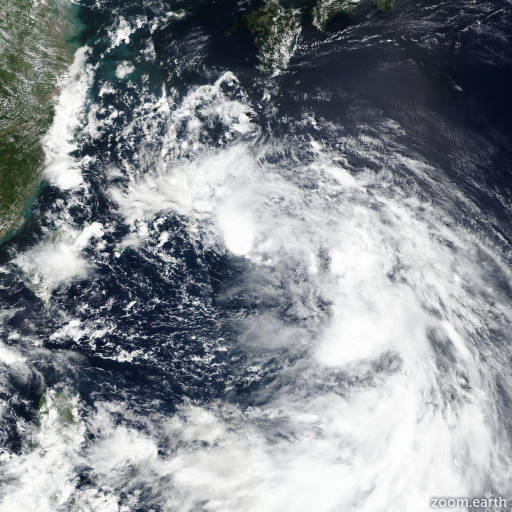Tropical Storm Pulasan (Helen) 2024
Last Modified:

Satellite images, weather maps and tracks of Tropical Storm Pulasan 2024, 15 - 21 September. Max wind speed 85km/h.
Click on the map to add points. Double‑click to finish.
Tap on the map to add points.
Last Modified:

Satellite images, weather maps and tracks of Tropical Storm Pulasan 2024, 15 - 21 September. Max wind speed 85km/h.